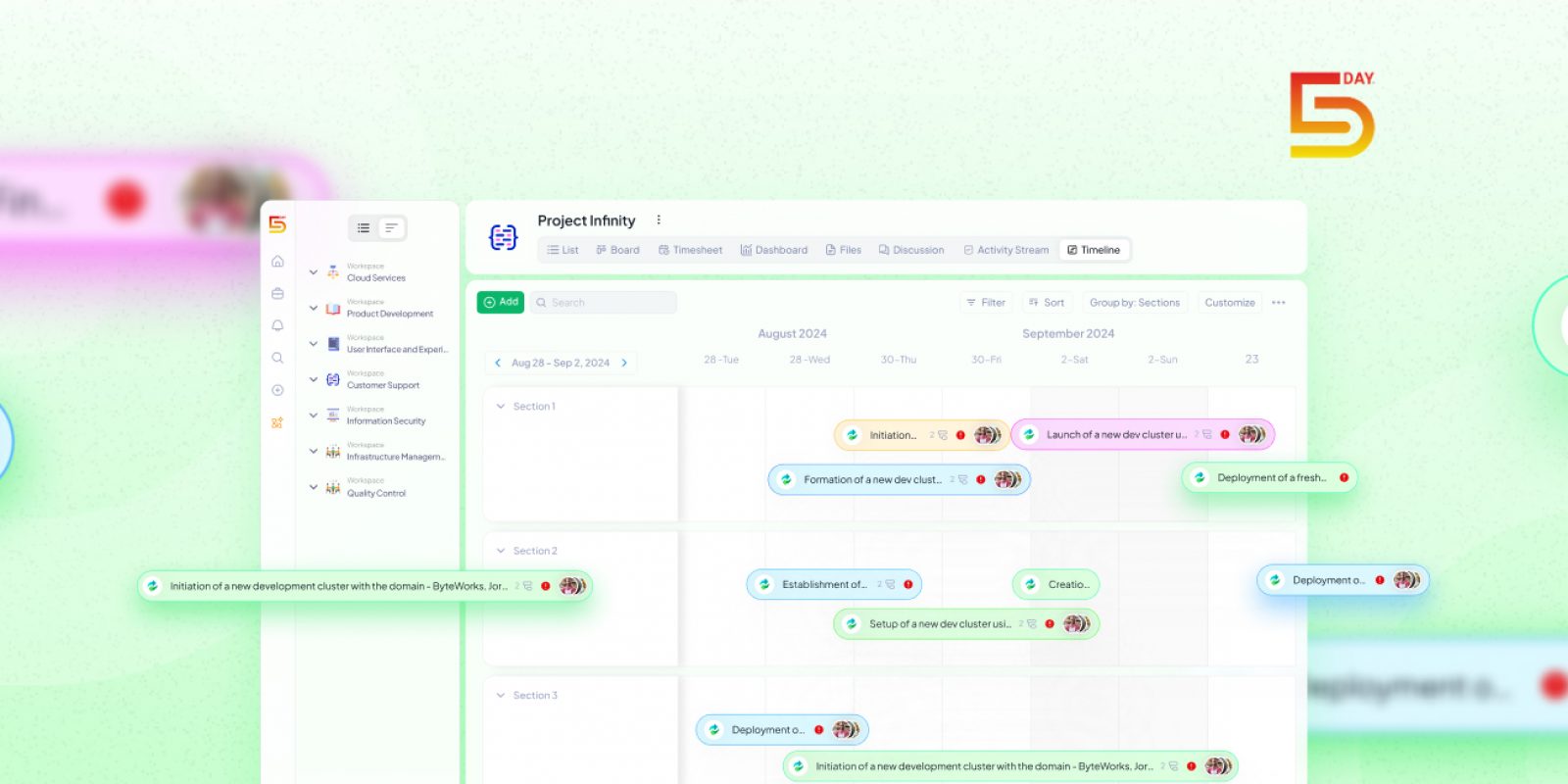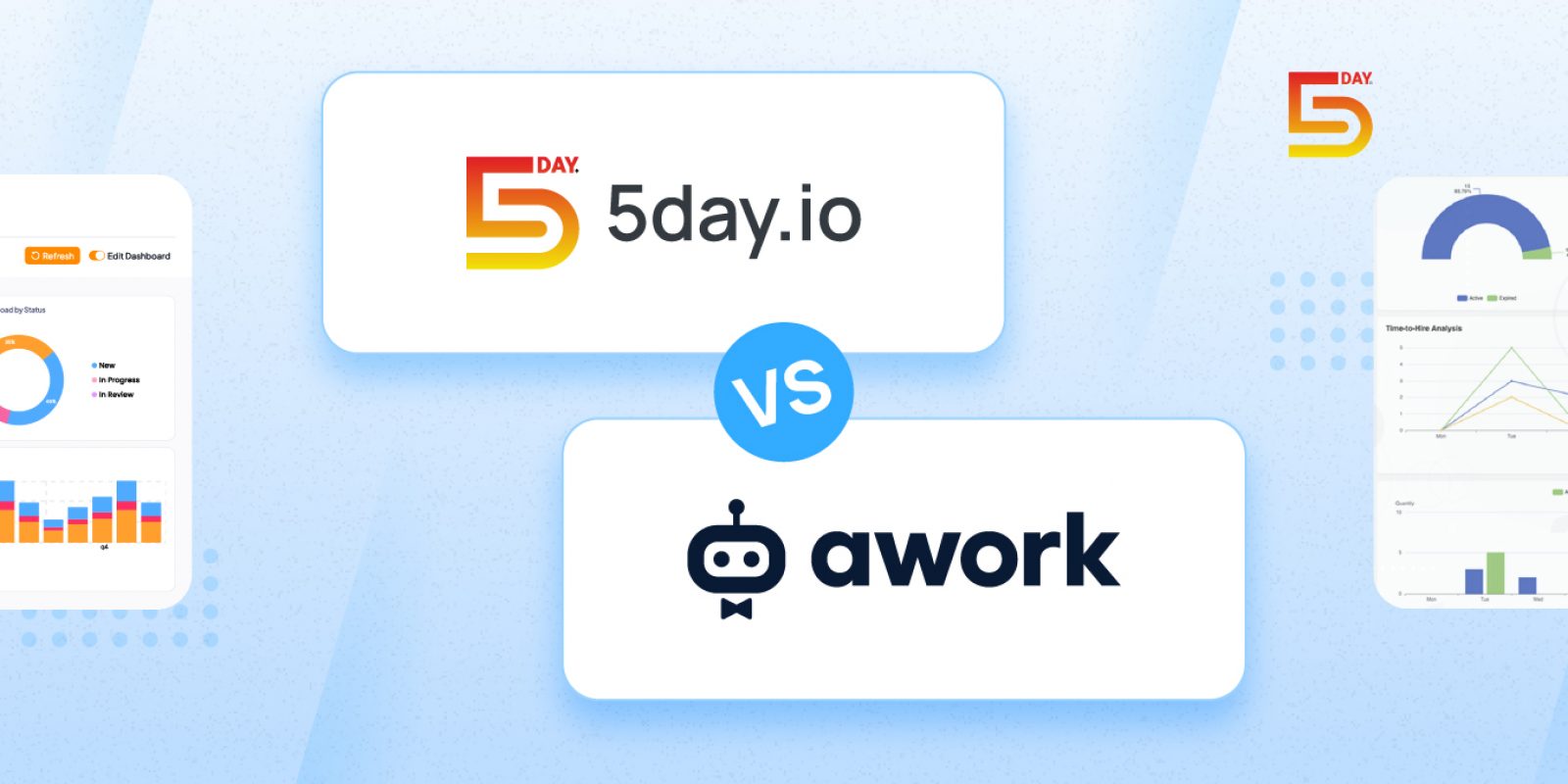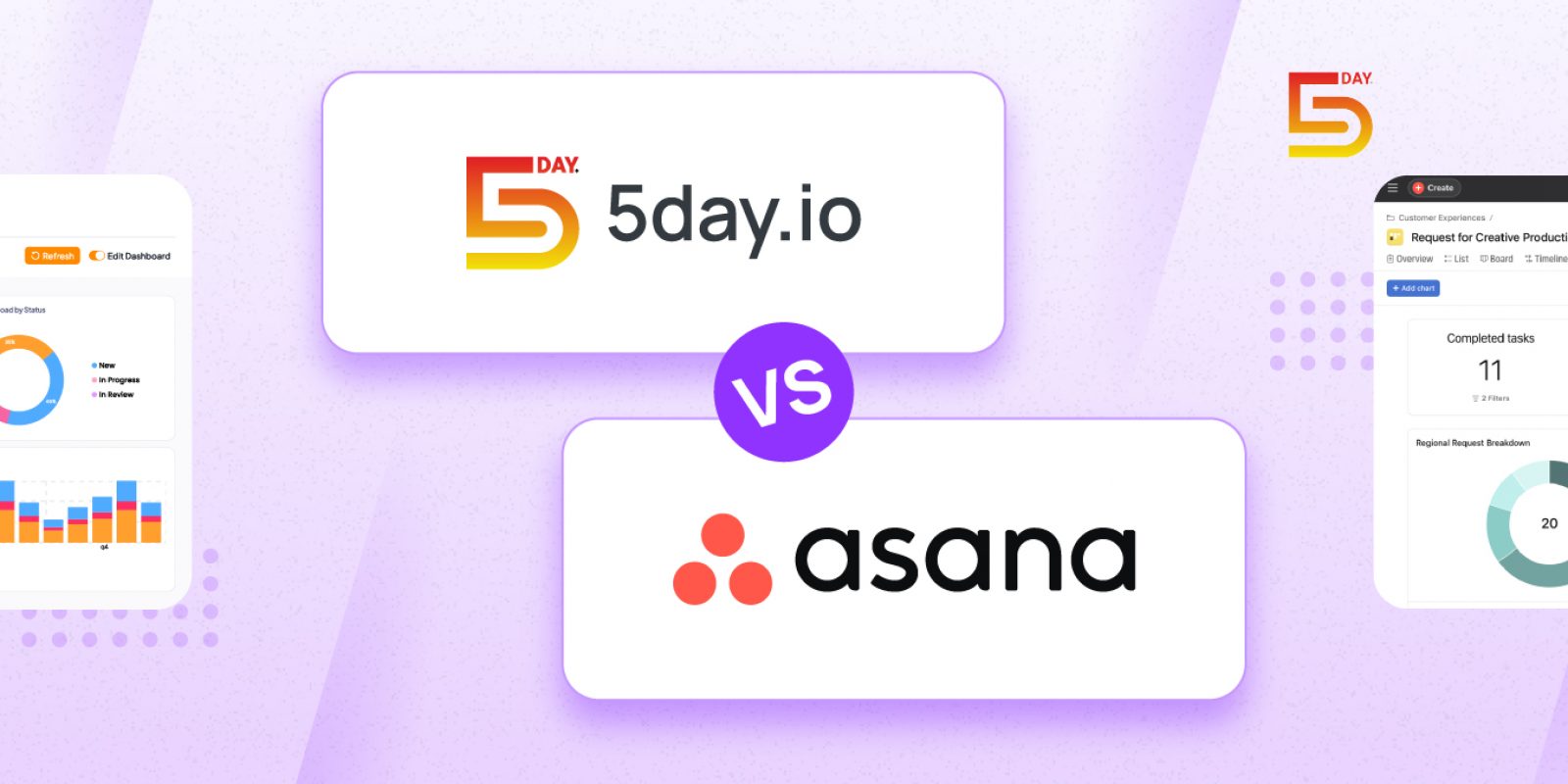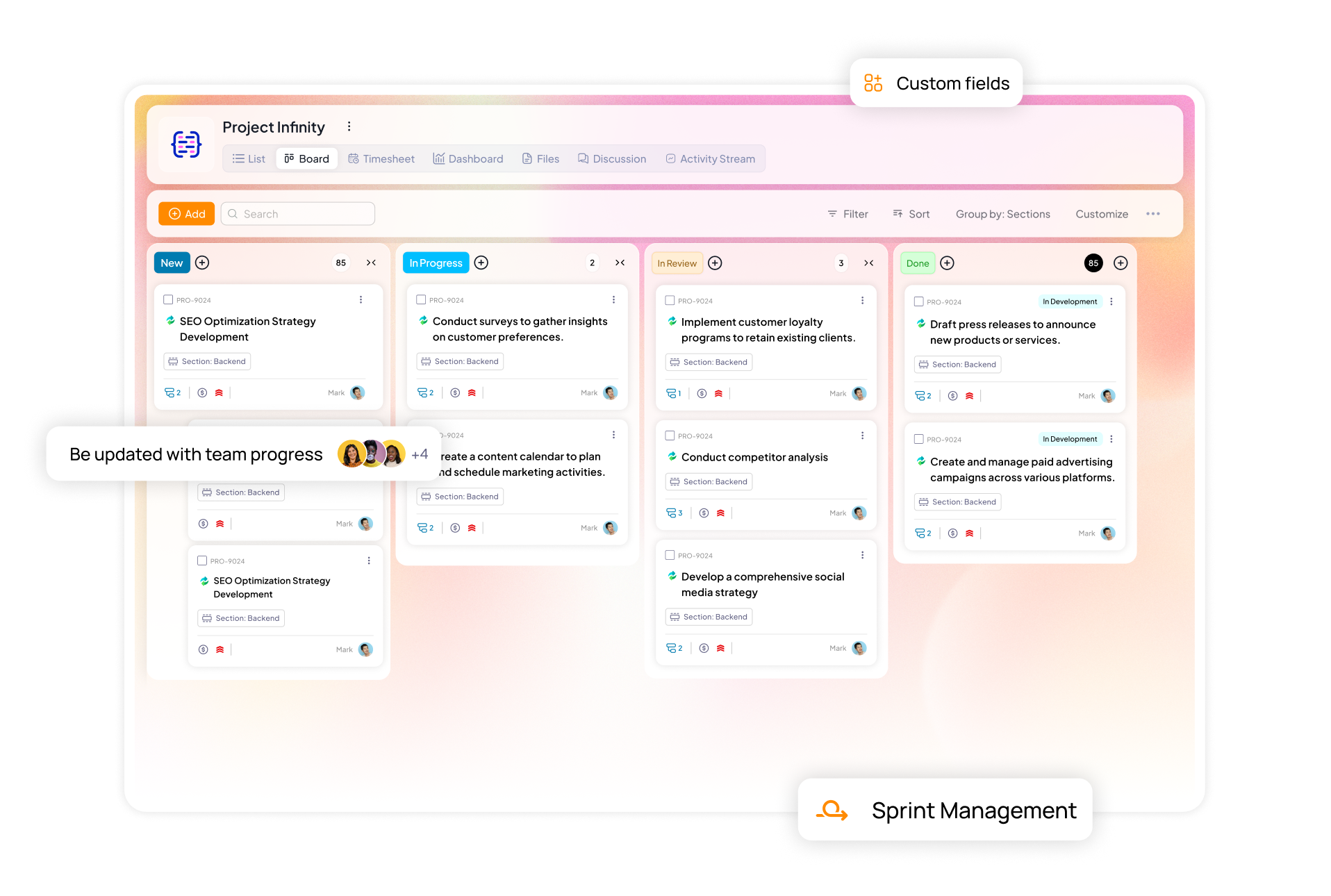A project manager is only as good as the processes set for them in an organization.
When you are juggling multiple projects at once, having smooth, precise, and well-thought-out processes can significantly improve your probability of success. These processes can be set by understanding key areas of project management and setting up standard practices for them. The framework for this is known as the project management maturity model.
In this article, you will explore the 5 levels of project management maturity and how you can move from one level to the next.
What is a project management maturity model (PMMM)?
A project management maturity model, also frequently known as PMMM, is a framework that gauges your company’s preparedness or maturity to carry its projects to succession. The maturity of your company’s management decides how well the project will meet its strategic goals.
The PMM model offers a way for your company to progressively improve your project management systems. It can do so by assessing your business’ capabilities and helping you choose an improvement path. It acts as a guide for companies to hone their project management skills and reach the next level of successful project delivery.
This model consists of 5 levels of improvement, across 10 areas in the project management processes. Here is the visual presentation of how it looks:
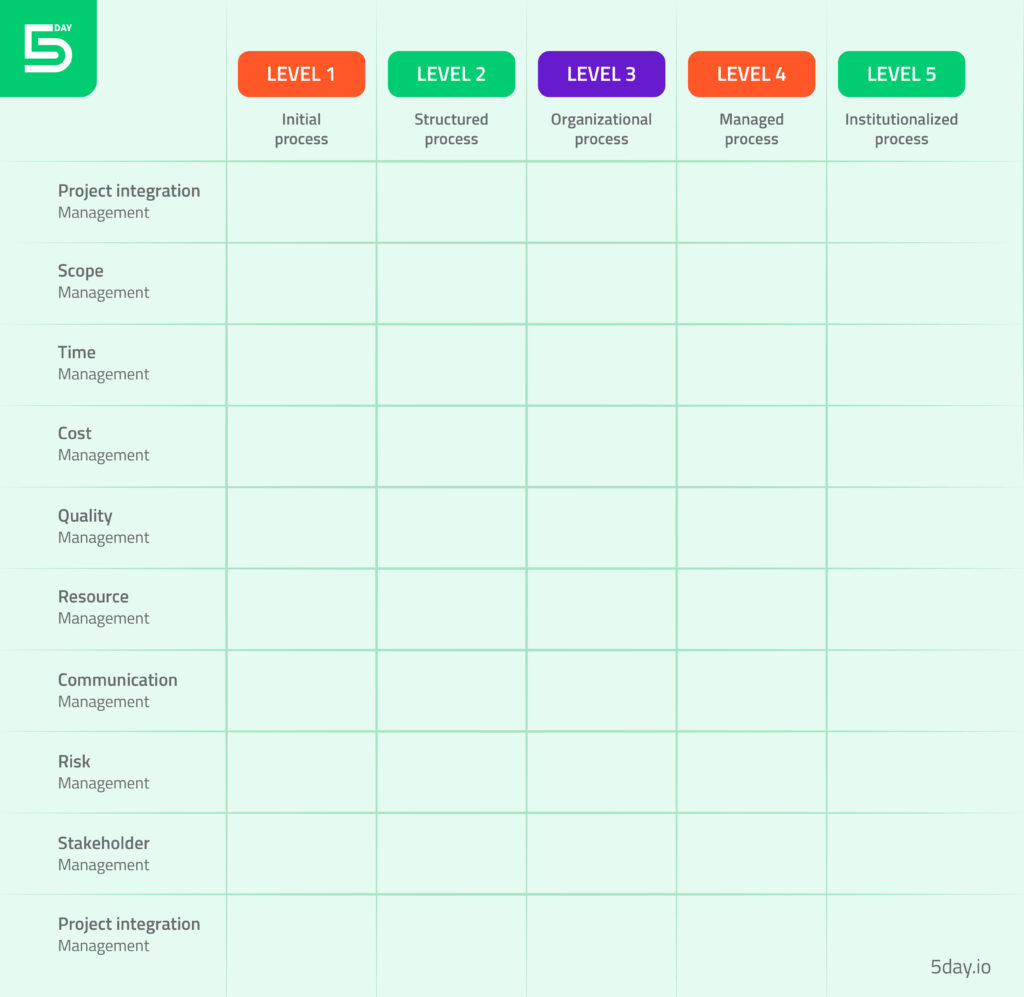
Importance of project management maturity model
Achieving consistency and efficiency in project management is challenging, especially when your organization is scaling. The PMM model plays an important role in resolving those challenges and helping you scale up to bigger, better project execution.
Let’s understand the importance of project maturity model below:
- Reduces variability: The PMM model creates a shared understanding of the tools, processes, and methodologies for your team that leads to uniformity across sections. This creates standardization, improves consistency, and boosts predictability.
- Improves project outcomes: The central goal of this model is to increase your project’s success rate. It helps management identify gaps in their current processes that lead to delays, quality issues, scope creep, or budget overruns.
- Better decision-making: A robust project management maturity matrix provides data driven insights to the decision makers so they can make well-informed decisions about choosing a project, executing them, and prioritizing work that matters.
The 5 levels of project management maturity model
The 5 levels of project management maturity model determine the capability of a company to successfully handle complex projects. It focuses on long term scalability and assessing where does a company stands within the 10 key knowledge areas.
Level 1: Initial process
At this level, there are no set processes for any given project. Tasks are taken up based on individual understanding, work is done ad hoc, and the execution relies on few talented team members.
The documentation is minimal at this point, and important project metrics are decided as needed, without consistency.
The initial process stage is a starting point for any company to execute end-to-end projects based on their limited resources and knowledge. It is not a bad place to start at, as long as your eye is on scaling and setting up consistent processes for success.
Level 2: Structured process and standards
At the second level your management will create standard processes for projects, but only at a team level. This means every project or every team will use a different project management methodology and set different standards.
In this level, if two teams have to work together, friction is observed as they have different standards and data.
The success of any project in the second level depends highly on its team members as there are no standard organizational processes. Key metrics are tracked to make sure success is observed in the current project.
This level is a good step up which will support you to step up to the next level of setting organizational standards and promoting cross-functional team success.
Level 3: Organizational standard and institutionalized process
The third level of the project management maturity matrix consists of an organizational level standardization of processes. Here, the management in the company documents all the processes, dissects it, and integrates it within all the departments.
There are clearly set guidelines for employees to refer to at this level, where they can look for answers, no matter what their department. There are processes set for change management, contingency plans and much more.
Here, team projects do not exist in a vacuum with individual teams but are seen as a part of the bigger picture, on an organizational level.
Level 4: Managed process
At this level, the management takes the organizational processes to the next level. They assess current and closed projects to chart course for future projects.
Project information is evaluated against organizational standards at this stage to see if the project is viable. Everything is evaluated against metrics like earned value, cost estimates, baseline value etc.
Management demonstrates a clear understanding of its role in the project management process and executes it effectively. They work at the right level, adapting various management styles and approaches to suit the size and complexity of each project.
Level 5: Institutionalized process
Once an organization reaches level 5 in the project management maturity model, they deploy almost fully automated processes.
The main focus of management teams at this stage is to constantly improve their management style by staying updated with the industry tools and processes. This is the highest level of maturity, which is rarely achieved but always is the goal.
How to measure project management maturity?
No matter what level you are at in the PMM model, it is important to measure your management to go to the next level. Key ways to measure that is:
- Understanding which processes are set in place, and which aren’t
- Interviewing your team members one-on-one or in group settings to see if they understand the processes in place
- Reviewing past projects to see what worked and what failed
But why is that needed? Measuring your management style will help you understand what level you are at and what are the areas you need to improve to go to the next level.
How to move from one level to another in PMMM?
To move from one level of PMMM to another, these are the general steps needed:
- Assess the existing process and set a baseline
- Set clear goals and objectives
- Get commitment from your leadership
- Build a realistic roadmap
- Provide constant training and skill development
- Standardize all your processes within teams
- Use a project management software to understand gaps in management
- Set key performance indicators and metrics in place
Project management maturity model examples
There are multiple project management maturity models out there, that can be used to measure the efficiency of your project management. But some of the most important models are:
Organizational Project Management Maturity Model (OPM3)
OPM3 is a PMMM developed by the Project Management Institute (PMI) which focuses on aligning project management with organizational strategy.
It provides an organization with a structured approach through three key components: understanding maturity practices, assessing the current maturity level, and planning improvements. Organizations use OPM3 to make their project management practices drive their strategic goals effectively.
Capability Maturity Model Integration (CMMI)
The Capability Maturity Model Integration (CMMI) was created by Carnegie Mellon University’s Software Engineering Institute. It emphasizes improving processes and organizational performance.
The model defines maturity in five levels: Initial, Managed, Defined, Quantitatively Managed, and Optimizing. While initially designed for software development, it’s now used across industries to improve consistency and efficiency in project management.
Portfolio, Program, and Project Management Maturity Model (P3M3)
P3M3, developed by AXELOS, evaluates maturity across three distinct areas—portfolio, program, and project management.
It offers a detailed framework with perspectives including risk management, benefit management, and governance. This model is useful for organizations aiming to improve their capabilities of project oversight.
How does 5day.io help to level up your project management?
5day.io is a project management tool that helps your team bring all the talks, docs, and work into one single source of truth. Plan, execute, and track your project work and monitor it with customizable analytics. Upload files, work with cross-department teams, and share project updates in real-time.
5day.io is built to handle projects regardless of their maturity or complication. Want to try it? Start your free 30 day trial today.



